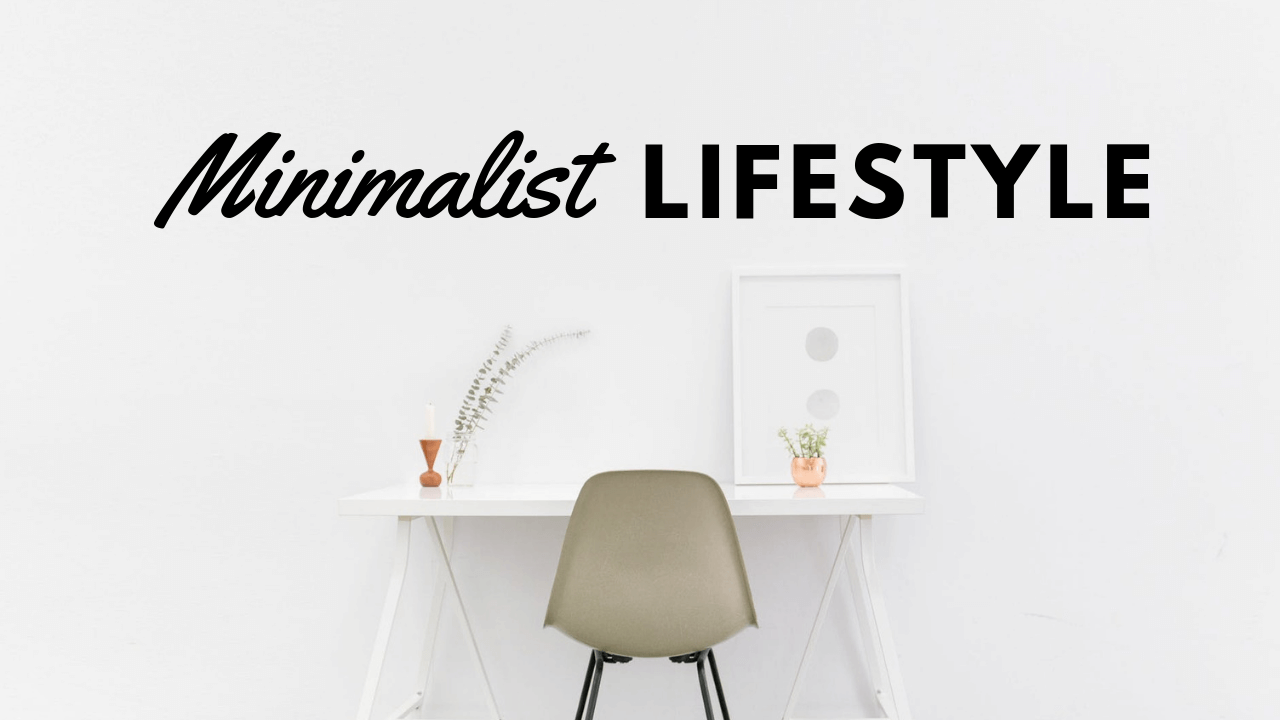
We often refer to the term “minimal” which means the least or smallest amount of something. From this term we derive the word “minimalism”. We began to use this word in the mid-20th century to describe a movement in various forms of art and design that focused on simplicity and reduction. While its usage was most common in the context of visual arts, which emerged as a reaction against the complexity and excess of ‘Abstract Expressionism’, in due course, this started getting gradually applied to a movement in music characterized by repetition, simplicity, and the use of limited musical materials. It also got extended to architecture and design, emphasizing clean lines, open spaces, and the use of minimal, functional elements. However, after 1980s ‘minimalism’ began to be understood more broadly as a cultural and lifestyle choice. It came to encompass a focus on simple living in reaction to increasing consumerism and materialism.
In essence, ‘minimalism’ is a lifestyle and design philosophy that emphasizes simplicity, clarity, and the intentional reduction of excess. It advocates for simplicity in form and function. This means eliminating unnecessary elements and focusing on what is essential. It promotes the idea of owning fewer items but ensuring they are of high quality. This applies to personal belongings, clothing, furniture, and other possessions, emphasizing durability and craftsmanship. A major aspect of minimalism is decluttering, which involves removing unnecessary items and distractions from your environment. This automatically leads to a more organized, serene, and focused living or working space.
Minimalism is also about being intentional with what you bring into your life and ensuring that it adds value. Overall, it is a versatile and widely applicable philosophy that encourages a more intentional, thoughtful, and simplified approach to life. While minimalism as a named movement is often associated with Western countries during the 1960s and 1970s, many of its principles have deep roots in various Asian cultures. These cultures have long traditions of simplicity, mindfulness, and intentionality that align closely with the minimalist ethos. Buddhism, to begin with, teaches the ‘Middle Path’ advocating a life of moderation and simplicity, a balanced approach to life that avoids both extreme indulgence and severe asceticism. The influence of Zen Buddhism in Japan has significantly shaped the country’s aesthetic and lifestyle practices. Zen emphasizes simplicity, meditation, and mindfulness, which are core tenets of minimalism. This is evident in Japanese gardens, tea ceremonies, and traditional architecture. Similarly, ‘Wabi-Sabi’ is a Japanese aesthetic principle which finds beauty in imperfection and transience. It values simplicity, natural materials, and the passage of time, promoting an appreciation for minimalism in both everyday objects and art.
Traditional Korean houses (hanok) are designed with a minimalist aesthetic, using natural materials like wood and paper. The interiors are often sparsely furnished, emphasizing functionality and simplicity. In countries like Thailand and Myanmar, the monastic lifestyle exemplifies minimalism through its emphasis on simplicity, minimal possessions, and mindfulness. The concept of “aparigraha” (non-possessiveness) in Yoga philosophy advocates for minimalism and avoiding unnecessary accumulation. The ancient Indian architectural science promotes harmony with nature, simplicity in design, and the use of natural materials.
Scandinavian countries such as Sweden, Denmark, and Norway are known for their minimalist design aesthetic and lifestyle. The concept of “lagom” in Swedish culture encourages moderation, balance, and living within one’s means.
Since time immemorial, authors, philosophers, dramatists have been touching upon themes of frugality, simplicity, and mindful living, although not prominently calling it ‘minimalism. And this is not just a theory, one can and perhaps one should practically lead a life with this approach. We can start by decluttering our home and workspace. This will mean identifying all those items that are no longer used or needed, and consider donating, selling, or recycling them. This is also true for all the essential items in the wardrobe. In fact, practicing mindful consumption by being intentional about our purchases is the key thing. Before buying something, we can ask ourselves if it aligns with our values, serves a genuine need, and brings us a lasting joy. Adopting a “wait-and-see” approach to avoid impulse purchases, will definitely make a difference.
Reducing digital clutter by organizing all digital files, emails, and apps and deleting unnecessary ones is equally important. At the same time evaluating our commitments and responsibilities, and prioritize the activities that are most meaningful and fulfilling to us also are a part of minimalist lifestyle. Saying no to obligations that drain our time and energy, and creating space for rest, relaxation, and self-care can help in focusing on the vital few tasks that contribute to overall well-being.
Cultivating a mindset of gratitude is indeed a very significant move to minimalism, by appreciating the abundance that already exists in our life, and reflecting on the things we are grateful for, be it a supportive friend, a beautiful sunset, or a delicious meal, can help shift our focus from what we lack to what we have, fostering a sense of contentment and peace.
Adopting a minimalist mindset is all about redefining our relationship with material possessions and external validation. True happiness and fulfilment comes from within, rather than from external sources is worth understanding and recognizing. Practice letting go of attachments to material possessions, and cultivate a sense of inner peace and contentment is yet another aspect of minimalism. Bottom of Form
In recent years, minimalism as a conscious lifestyle choice has been gaining popularity in various countries, seeking a return to traditional values. Also minimalist practices lead to more sustainable living, reducing waste and promoting the use of eco-friendly materials, contributing to the overall goal and concern of sustainability. It offers a pathway to peace by helping individuals simplify their lives, cultivate mindfulness, prioritize what truly matters, and live in alignment with their values. Through intentional living and conscious choices, individuals can find greater peace, contentment, and fulfilment in today’s fast-paced and complex world.
Dr Benazir Patil is the Chief Executive Officer of SCHOOL, a non-profit organization that works for ensuring good health & well-being.















